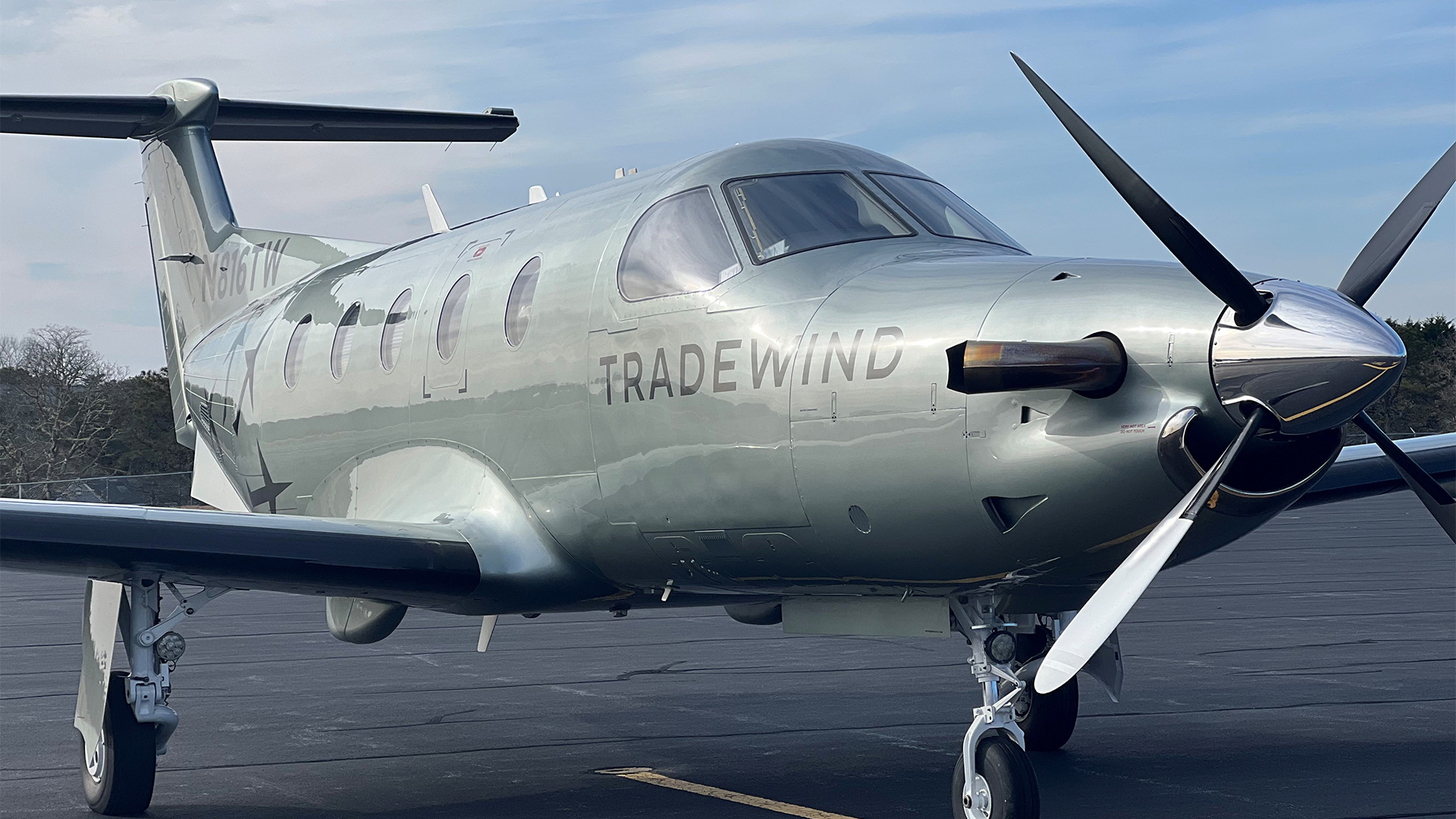While companies haven’t started canceling their Zoom and Teams accounts just yet, the need for such services may be diminishing as signs point strongly to a return of business travel.
According to a September 2022 report from TripActions, business trip bookings for fall are up nearly six times, year-over-year. Meanwhile, following a flat summer, travel spend rose 27% in August, with another 30% increase projected for September.
That’s great news for private aviation as the services offered by independent carriers such as Tradewind Aviation are playing a sizable role in bringing back air travel for work purposes as well as refocusing business travel to meet the post-pandemic needs of executives on the move.
Business travel has changed from what it was pre-pandemic: gone are the days when armies of businessmen and women trudged through commercial airport concourses bound for a week away to visit the plant or schmooze clientele. Business travel today tends to be more focused, and those headed out on corporate missions are much more cognizant of their time. The necessity of face-to-face contact hasn’t gone away, mind you. It’s just that with the ready conveniences of communications technologies from video conferencing to email, professionals can now afford to be more discriminating about how they choose to connect.

That’s where the utility of private aviation comes in.
Distinct from the notorious hassles of flying commercial – requisite early arrivals, time-consuming TSA security check-ins, crowded or overbooked flights, uncertain schedules, and inconveniently located airports among them – private aviation is all about personalization. Corporate groups booking private service flights from Tradewind’s fleet of Pilatus PC-12 turboprops, for instance, can look forward to arriving straight to their aircraft with just minutes to spare before flight time, handing bags to crew, with no TSA security check required, and sharing comfortable space in the cabin with colleagues – and colleagues alone.
With the size of a Pilatus – 6,087 pounds, 53-foot wingspan, 47 feet from propeller to tail – Tradewind also offers access to vastly more airports than commercial airlines can: some 5,000 airports of all sizes in communities across the U.S., versus only 500-or-so commercial-service airports, according to the National Business Aviation Association.
That ramps up convenience on both ends of a flight, with smaller airports likely to be closer to where executives reside as well as to the office, plant, or clientele they intend to visit. As such, it becomes more convenient for corporate customers to send out teams via private aviation for a day of focused work and then fly them home again the same day, with enormous benefits including time savings, personal security, and health security – the last something to think about with flu season just ahead – along the way.
Another benefit of private aviation for business travel is time-management gains. With point-to-point convenience, executives can accomplish as much in one day flying private as in two or three days flying commercial. They can also opt to fly from their weekend place or vacation home where they likely spend more time in the era of remote work.
Tradewind has regularly scheduled service between its base at Westchester County Airport to vacation destinations throughout the northeast favored by New York City-area executives including Nantucket, Martha’s Vineyard, and Newport. Small private airports can be found in each.
As remote work has led to fewer face-to-face meetings in general, the per-trip value of business travel via private aviation has gone up. With fewer trips taken each year, companies are now inclined to send higher-level executives whose time is limited, and to budget more for their transportation knowing the time they save and the conveniences they enjoy en route makes a chartered flight worth the spend.

Companies aren’t the only ones benefiting from the boom in business travel via private aviation. Increased traffic at small private airports is good for the communities around them, bringing business to local hotels, restaurants, car services, the airports themselves, and more.
Indeed, the very existence of an airport can make local communities more attractive for people to reside in while also enticing companies to locate plants, satellite offices, and other facilities there. What’s a better place to put down roots and grow a business, after all, than a location that executives are able to fly into and out of with ease?
A good example of this is the “Golden Mile” surrounding Westchester County Airport and others nearby. With location close, but not too close, to New York City, the airports were drivers for major corporations such as IBM, Pepsi Co., and American Tobacco to locate facilities in the region.
So strap in your seatbelt and enjoy the flight. Business travel is back, and with private aviation, it is taking more than business travelers along with it.

